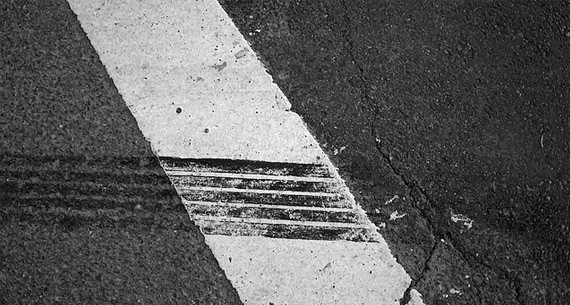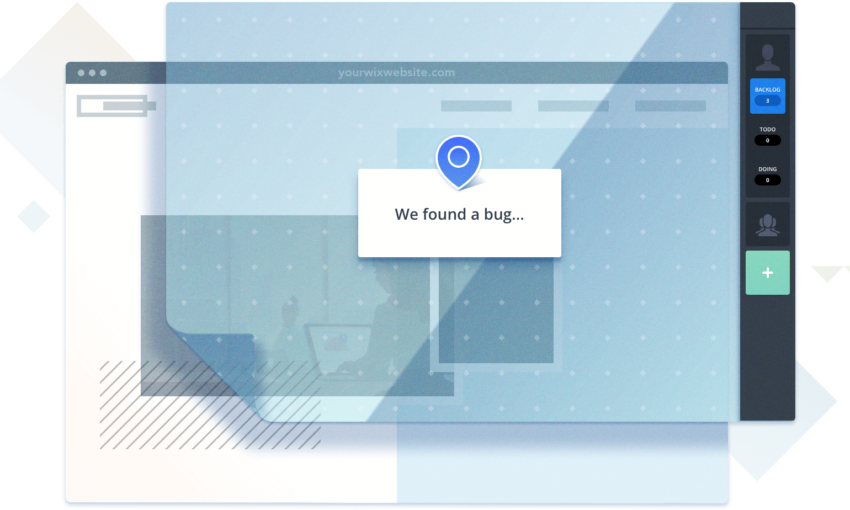We live and work in a field that is ever-changing and as hard as it is for us to keep up with technology, clients can’t possibly be expected to.
The Freelance Designer Toolbox
Unlimited Downloads: 500,000+ Web Templates, Icon Sets, Themes & Design Assets
All starting at only $16.50 per month
You Get the Contact
I’m going to assume you already made contact with a potential client, and that’s where this article will step in to help you out. And now that you have that contact, you’ll inevitably have to setup a meeting with them to discuss what they are looking for and what you can provide.
There are some things to note here and keep in mind when meeting with the client that I believe are contrary to much of the “traditional” information out there.
- You’ve heard it said, “Say yes and figure out how to do it later.” That’s probably not the best idea in our industry as doing something like that will most likely either make the project not worthwhile monetarily or cause you loss of money you most likely don’t have. There are instances where this will work, maybe something in HTML or CSS you don’t know how to do but have seen it done, but don’t jump into languages you don’t know and assume you can “get it done” or “figure it out.”
- Take the job no matter the budget. If you’re starting out as a freelancer, you’ll most likely have to do some of these, but don’t make it a habit. Clients with no budget are usually one of two things. (a) They don’t want to pay a professional but expect professional work or (b) they “just want it done” no matter how it looks or functions. Either of these is just plain bad news. You will either have a client from (you know where) or it won’t even be portfolio worthy making it worthless to you in all senses.
- Your initial feeling of the client goes a long ways. It doesn’t take much time to get a vibe from someone and clients are no different. Don’t get swooned into doing work if you think the outcome of the project is going to be poor. Easier said than done, I know, especially when you need the money. But trust in your gut and pass on it if you have an uneasy feeling.
- You’re interviewing the client as well. Many people think that meeting with a client is so that you can impress them and they’ll pick you as a choice over other freelancers or agencies. Remember that you’re interviewing to work with them as well. Take particular note of the item above and don’t work with them if you don’t like their style.
The initial meeting, as I said above, is an interview from the client to you and from you to the client. Don’t let them take the upper-hand here as it will only set you up for failure further down the road.
What to Take with You
If you’re meeting with the client on the phone or Skype, just make sure you’ve examined their site thoroughly and done some research on their industry and competitors. But if you’re meeting in person, there’s a very simple list of things I recommend you take for the meeting.
- Sketchbook. I’ll go into this in more detail later on.
- Marker. For sketching should you have an idea. Use a marker so that you don’t delve in too much detail.
- Pen. For taking notes…do not use it for sketching an idea.
- Business Cards.
And that really should be it. I never take a computer unless the client tells me to specifically. This helps to establish that you are a creative and not just someone that knows how to work a computer design program. The sketchbook and marker are your best friends at this point of the process.

Get Acquainted
This is important, probably more so than even discovering the needs for the project. You’ve got to have some sort of connection with the client and if you don’t, the project will feel stiff and you’ll have little passion for it.
Now I realize there are people out there that will disagree with me when I say that we need to connect with our work and get passionate about it. But I’d venture a guess that many people in the creative field, professionals that is, will agree with me here. If you don’t have fire about what you’re working on, you’re creativity will be stifled.
You’ll have no desire, no passion, no connection. The creative field breaks all the traditional ties that many other fields have. We don’t wear suits, dress in Armani shoes, or carry a briefcase everywhere we go.
I’ve found that I get more attention from clients when I walk in wearing street clothes (but be presentable) and have my sketchbook and marker in hand. They’re hiring you to be creative and I don’t wear a suit at my desk so I don’t wear one to meetings either.
I won’t say this will work for all clients, but small to medium sized businesses typically don’t care how you look as much as they care about how you work and and the results of your work.
And to be honest, if they’re going to judge me on my looks and not my character or skillet, I don’t want to work with them anyway. So with that said, be presentable, but be yourself and you’ll get more attention and they’re much more likely to remember you.
However you look and dress is becoming less important these days. Clients look for someone they can trust. Someone that will be honest with them and will deliver when and what is promised. Ultimately, you have to convey that you are, in fact, the most capable and trustworthy person they’ve met with for the job.
This is what getting acquainted is all about. It’s about connecting and seeing if you’re right for the client and if they’re right for you.

Figuring Out The Client Needs
Not all sites will require a link to every social media site available. Not all sites will require social media at all. This is where you’re professionalism is to shine through. If you’re straightforward with the client, tell them your position on what you think would be best for them and what would work best for their users, you’ll get picked almost every time.
And if you don’t, they are probably one of the clients we described above and you don’t want to work with them anyway.
The initial meeting is imperative to be able to establish the needs (and some wants) of the client. I’m not saying you can’t give them anything they want, but be reasonable…no dancing frogs on the homepage…unless they breed frogs or something strange like that.
Talk with them about what they are trying to accomplish with their site. Below are some questions to keep in mind as you talk with them about their project.
- Who do you think would be using this site the most and what information would they be after on it? The reason we ask who is simply because many clients use their sites more for internal use than giving to clients.
- Do you know if your users are tech-savvy or more traditional? You can most likely tell this from the type of business they have, but it’s good to ask.
- What is the main information you’d like to get across to the users on your site?
- What are some sites you like within your industry and why?
- What are some sites you like outside of your industry and why?
- What’s your budget for the site? I’ll go into more detail on this below.
There’s plenty more questions that can be asked and can come up in discussion…these are just a few. You’ll learn over time that every client is different and you’ll have different questions for each one.
I used to have a small packet of about 20 questions I asked all my clients. It helped to find out information from them that I would need. But as time went on, I realized that many of the questions wouldn’t apply to all clients and that the ones that applied to one client had no application to another.
So needless to say, I scrapped it.
So take this time to really dig into the project with the client. Figure out their needs, write them down, and make notes of everything they say. They’ll remember what they like and want and you’ll be expected to as well.
Talk About the Dreaded “B” Word
Yes we all know that no one wants to talk about how much a site will cost. You’ll ask them for a budget and they’ll tell you they don’t have one or want you to give them a quote first.
You can explain to them that in order for you to be able to tell them right now if you can do the job or not, you’ll need to know what they are expecting to spend. They have an idea somewhere in their head. If they still won’t tell you, drop it and do your quote as if they had an unlimited budget.
At this point you’ve done all you can and if they come back on you saying it’s too much, then they already started out your relationship with a lie because they had an idea of the cost. Keep in mind that most companies work off budgets and if they don’t spend the entire budget allocated for something, they lose it at the end of the year.
I used to believe that you never gave a price up front for how much something will cost because it will lock you into that rate. But I’ve found that not to be true over time.
For one, people will often pick you because you were the only one they talked to that had an idea of the cost. That shows you’ve got enough experience to tell them a ballpark figure. It also shows you’ve researched their industry a little bit (which you should do before the meeting) and understand a bit more than even what you’ve talked about in the meeting.
With that said, it takes time to get your pricing down. So if you’re starting off as a freelancer, you may keep the price to yourself until the you’ve worked it out on paper and done the proposal.

And You’re Off!
Now that you’ve had the initial meeting, gotten the vibe you want to work with the person, and (hopefully) established a budget, it’s time to move onto the next phase. It’s best to give them a timeframe of a few days for the proposal and then make sure you get it to them within that time.
If you’re late, they may take it as a key factor for what will happen during the project.
This post may contain affiliate links. See our disclosure about affiliate links here.




